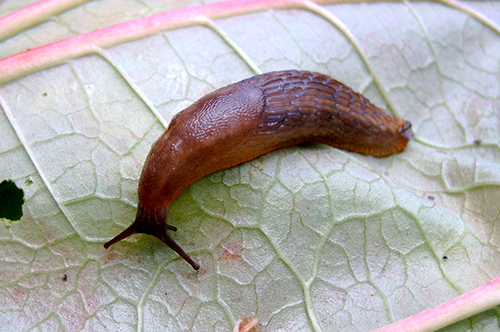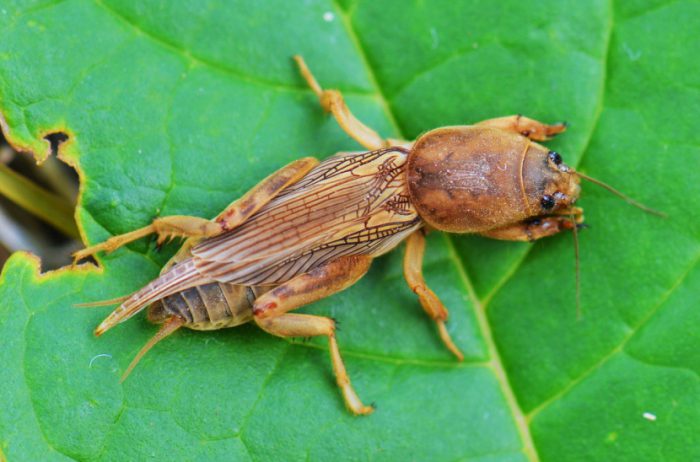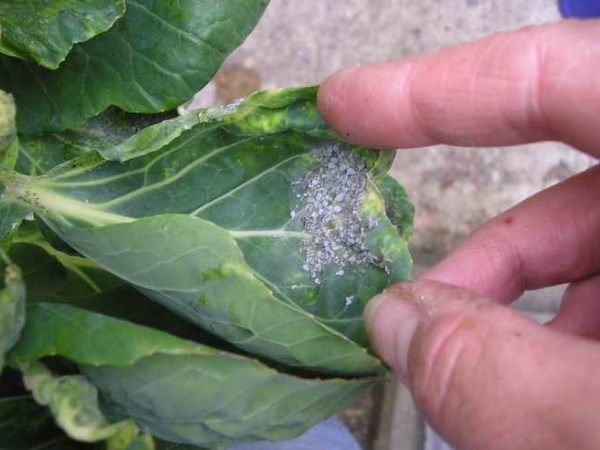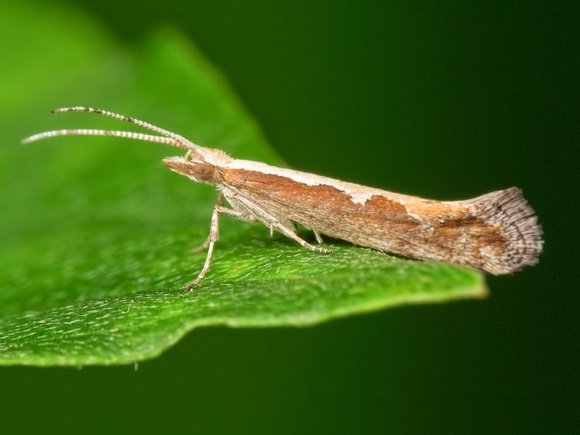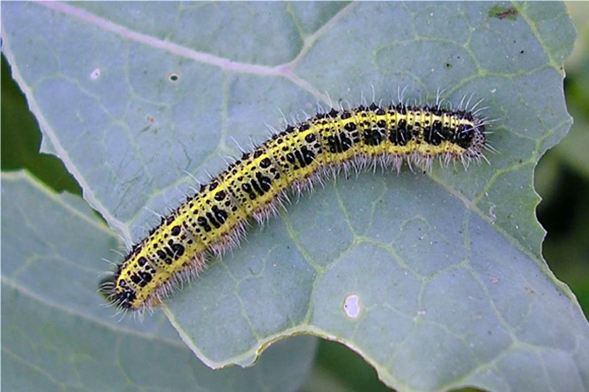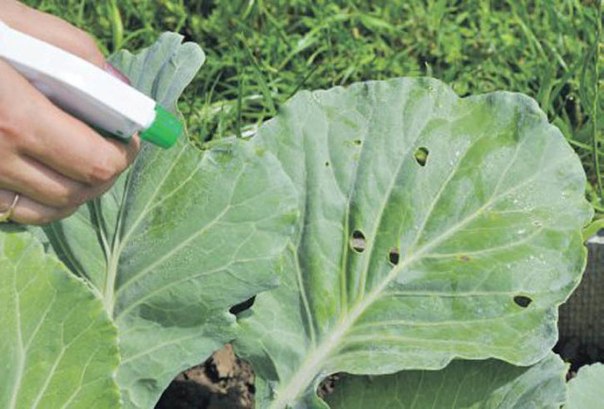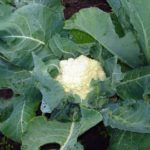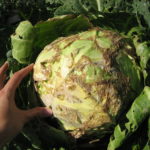There are many means and methods to treat cabbage against pests when they appear, as well as to prevent the problem. The beneficial properties and taste of the vegetable attract many insects and other pests.
Their invasion can be sudden; the color and surface of cabbage leaves changes. To preserve the harvest, measures must be taken.
The most common unwanted guests
Prevention, folk remedies, or purchased insecticides can be used as measures to control cabbage pests.
What pests most often settle on cabbage? Vegetable growers sometimes find out that pests have settled in very late, since they are located inside the head of cabbage or under the leaves. The most common cabbage pests and how to deal with them.
Vegetable crops are often attacked by slugs. They especially like young seedlings. Pest activity actively develops in rainy, cloudy weather or during excessive watering. They spread at high speed. If one slug was noticed in the morning, then by evening there will be a large number of them. What to do in this case? A solution based on hot pepper works very well against them.
Another popular pest is the mole cricket (cabbage weed). The size of the insect can reach 6 cm in length. The color is brownish-brown, the abdomen has a yellowish tint. It lives mainly underground and eats the roots or stems of plants. The fight against them is long and difficult. Watering the soil with a 0.3% chlorophos solution will help.
The small insect aphid can destroy the entire crop. They are especially active in June. Females, which have wings, lay numerous eggs. They themselves feed on the juice of the vegetable. How to spray cabbage when attacked by aphids? You can spray the top with purchased insecticides, for example, Fitoverm, Aktara.
You can often find cabbage moths. The color of the wings is woody with wavy stripes. It lays caterpillars that eat the leaves. As a result, it can lead to the death of the vegetable crop.
If cabbage pests are found, methods for controlling them must be effective. To get rid of cabbage moths, organophosphorus substances will help. You can make bait for bees that feed on caterpillars. Jam or ordinary sugar is useful, on the basis of which syrup is made and the beds are watered.
The cabbage fly is slightly smaller than the common fly.She lays eggs near the bottom of the stem of the seedlings. And after two weeks, the white worms hatched from the larvae begin to eat the roots of the cabbage and the lower part of the stem. As a result, the cabbage withers and dies. You can detect the problem in time by the bottom sheets, which change color. If worms are found on the roots, they must be collected.
How to fight insects? Spraying with a decoction based on bay leaves can help prevent cabbage flies. Lavrushka is poured with boiling water, infused, and then sprayed on the vegetables. You can pollinate the beds with dust and water them with chlorophos solution. You can pour wood ash with water in the evening, and early in the morning spray each leaf with the resulting solution.
The cabbage white is known to us as a small butterfly with white wings with black spots. During the day, she can lay up to 100 eggs on cabbage leaves. After just 1.5 weeks, yellow-green caterpillars appear and can eat the crop. You can save the crop with calcium arsenate or spray it with chlorophos.
Wireworms (dark click beetles) are well known to gardeners. A small beetle, about 1.5 cm long, can have different colors depending on the species. The color is mostly black and brown. The adult does not pose a danger to cultivated plants, but the larvae can destroy the entire crop.
Wireworms are thin, light-colored worms. The worms can reach 3.5 cm in length. The cabbage wireworm eats the central stem, which leads to rotting of the vegetable.
The wireworm is afraid of wood ash and lime fertilizers. Prevention measures include mandatory weeding of the beds, loosening the soil around the cabbage and applying potassium and ammonia fertilizers.
It is effective to make beetle baits so that the wireworms do not damage the stems later.For this purpose, small piles of hay or grass are laid out between the rows. As soon as the beetles get there, they are collected and destroyed.
Not only can the appearance of a plant change due to pests, but also due to diseases. Treatment in this case should be different. Therefore, it is necessary to distinguish between the symptoms so that growing the crop is problem-free.
Natural based products
As a preventative measure, it is better to use natural ingredients. How to protect cabbage from pests, you can try products based on natural ingredients. Cabbage can be treated against pests using folk recipes.
- An infusion of chicken manure will not only repel pests, but will also enrich the soil with nutrients. Bird droppings should be diluted in a bucket of water, left to infuse for a day, and then watered at the root.
- Onion peel tincture helps against cabbage pests. It is necessary to prepare 500 g of husk and add 4 liters of hot water. Leave to infuse for three days. It is useful to add shavings of tar soap to the resulting solution. It is recommended to cultivate the soil every four days.
- An infusion based on potato tops will protect you from caterpillars and slugs. You will need about 1 kg of tops, which are dried and filled with a bucket of water, approximately enough to knock. It is recommended to dissolve soap shavings in the finished solution.
- Insects, especially the white moth, do not like the smell of wormwood. You can pour the chopped greens with water and leave for two days. Then the infusion is boiled for an hour and filtered. Before watering, it must be diluted with water in a ratio of 1:2. It is just as effective to simply place wormwood sprigs between the rows.
- You can treat cabbage with an ash solution. It will help repel many pests.400 g of ash should be dissolved in a bucket of water and left to infuse for 10 hours. Be sure to treat the leaves on both sides for several days in a row.
- Orange zest will help in pest control. The peel of one fruit is poured with a liter of water and left to infuse for a week. Add laundry soap shavings to the prepared solution.
It happens that a hare attacks a dacha. In order not to harm the animal and preserve the harvest at the dacha, you can use the following measures:
- from hares around the plant you can sprinkle sulfur, red pepper or water the soil with a solution of onion peels;
- along the perimeter of the site you can plant plants whose smell is unpleasant to the hare: peonies, azalea, geranium, marigold, parsley, wormwood;
- It is recommended to strengthen the fence against hares, for example, chain-link mesh helps;
- It helps to tie ordinary bags around the place where the cabbage grows, the rustling of which animals are afraid of.
Non-standard methods of control include the use of hats. Cabbage caps will help solve the problem. Thanks to the cap, worms that appear from insect clutches will not be able to harm the vegetable. The caps are sewn from breathable material, with a diameter of approximately 25 cm. During the summer of butterflies, one cap is straightened and put on a head of cabbage.
Ready-made chemical solutions
As soon as the vegetables begin to darken and sag, vegetable growers begin to look for ways to get rid of cabbage pests. You can purchase ready-made preparations to control cabbage pests. The following drugs are considered the most popular and effective.
How to treat a plant when pests are detected? In agriculture, the Aktara insecticide is widely used to kill insects.It can be used not only to spray an already planted crop or water the soil, but also to treat the seeds before planting. The drug begins to act quickly and retains its protective properties for two months.
Cabbage seedlings need to be watered with a solution of 3 g of the drug diluted in 10 liters of water. For transplanted vegetables, the consumption rate will be 1.4 g (one sachet).
If cabbage pests and their control can be carried out with the effective drug Intavir. Available in powder and tablet form. To process cabbage, you need to dissolve 1.5 tablets in 10 liters of water. You need to spray the plant with Intavir in the morning or evening, touching every area on the leaf. You should not use the drug more than three times per season.
Fitoverm can destroy all pests in just two hours. The drug is available in the form of a liquid concentrate, which must be diluted with water. Fitoverm helps cope with cabbage whites and moths. Instructions for use suggest the following dilution: dissolve 4 ml of the drug in a liter of water. Do not mix with other drugs.
How to use the drug correctly? Spraying of the drug Fitoverm should be done in the morning or evening in dry, windless weather. The product is harmless to nature. The protective properties after application continue to operate for another 2 weeks.
When using Fitoverm, you should follow safety precautions. Spraying should be carried out in special clothing; you should not smoke or eat near the work field. After treatment, exposed areas of the body are washed with soap.
What else can you spray cabbage against pests with? Senpai will help get rid of a large number of pests. Produced in the form of a liquid solution.Senpai begins to act within 30 minutes after spraying not only on adults, but also on their larvae and eggs. Provides further protection for two weeks. After treating the area with Senpai, it is not recommended to work with the soil for another week.
For cabbage, dilute the Senpai solution at the rate of 5 ml per 10 liters of water. The solution cannot be stored, so it must be diluted immediately before work. You need to spray no more than once a month. Work is carried out in the early morning hours or after sunset. There should be no wind or rain.
If drug Senpai does not pose a high danger to humans, but is very dangerous to bees. For several days, the distance between the treated area and the bees' summer should be at least 4 km.
Gardeners' experience
Experienced vegetable growers have more than once encountered pests on their plots. Therefore, like no one else, they can offer useful advice and leave feedback.
Olga, 42 years old.
The first time I was frightened was the encounter with worms that settled on the roots of the cabbage. The pest ate up not only the roots, but also the stem. The plant began to wither and darken and had to be dug up. Each white worm on the root is no more than 1 cm. I had to remove all vegetables similar to this one at once. The remaining plants were sprinkled with ash and the soil was loosened. Now I do a similar procedure when planting crops. I advise everyone, save your harvest!
Ivan, 54 years old
I cover the cabbage beds with wormwood and sprinkle pepper or tobacco. The pest does not approach the cabbage bush protected in this way. I immediately sprinkle the eaten leaves with wood ash or water the soil with an infusion of onion peels. All these methods help at all stages of plant growth.
Maria, 51 years old
When sowing cabbage, I always apply potassium fertilizers and sprinkle the soil with ash.We also protect vegetables with an infusion of herbs and bird droppings. Thus, the root system receives nourishment and is protected from insects. In the event of a massive insect infestation, proven products such as Aktara and Fitoverm are good.

